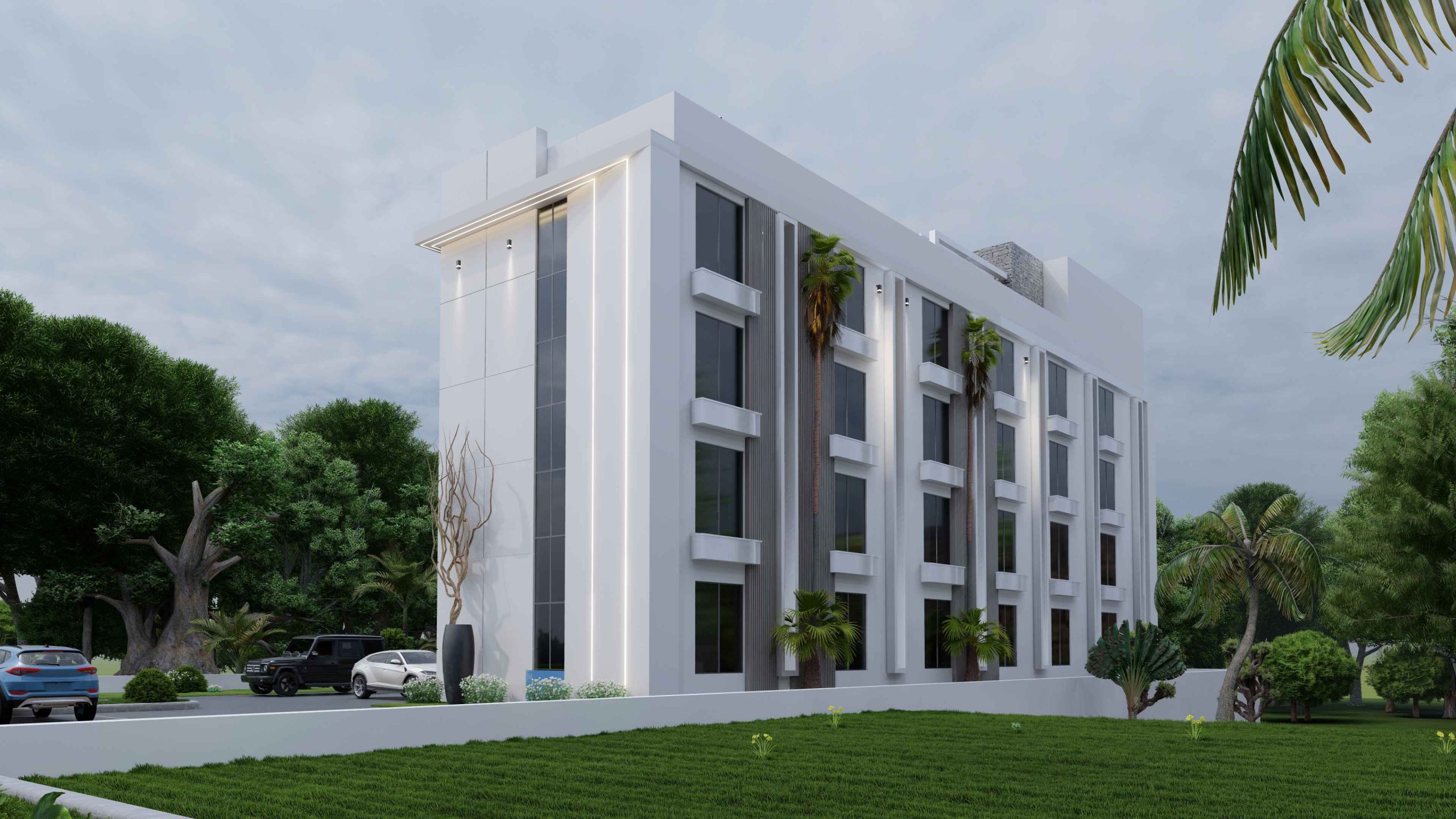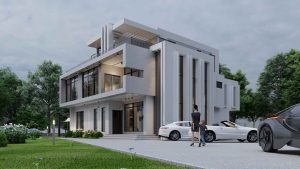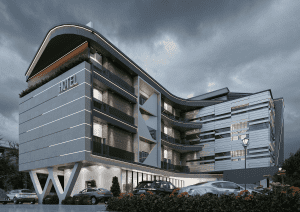Nigerian vernacular architecture is rich and diverse, reflecting the country’s various ethnic groups and environmental conditions. Here are some traditional building styles:
Mud Houses: Many regions in Nigeria, like the Hausa in the north, build houses using mud or clay bricks. These structures are well-suited to the hot, arid climate.
Thatched Roof Huts: Thatched roofs are common in many parts of Nigeria. They are often cone-shaped and made from materials like grass, palm leaves, or bamboo. These are found in areas like the Yoruba and Igbo regions.
Walled Compounds: In the ancient city of Kano, you’ll find walled compounds with intricate designs, creating privacy and security.
Floating Houses: In areas like the Niger Delta, where water is prevalent, stilt houses or floating houses are common to deal with the constant flooding.
Tiv Architecture: The Tiv people in Benue State are known for their elevated granaries, designed to protect crops from pests and the elements.
Mud Mosques: In the northern regions, mud mosques are architectural marvels, like the Great Mosque of Djenné in Mali. The Larabanga Mosque in Ghana, influenced by Sudano-Sahelian architecture, is an example.
Igbo Ukwu Archaeological Sites: These reveal ancient Igbo architecture, with complex structural systems and decorative elements.
Calabar Architecture: The Cross River region is known for its unique Ekpe houses, used for important communal ceremonies and meetings.
These styles reflect the ingenuity of various Nigerian cultures in adapting to their environments and local materials. They often blend functional design with cultural symbolism and aesthetics.




